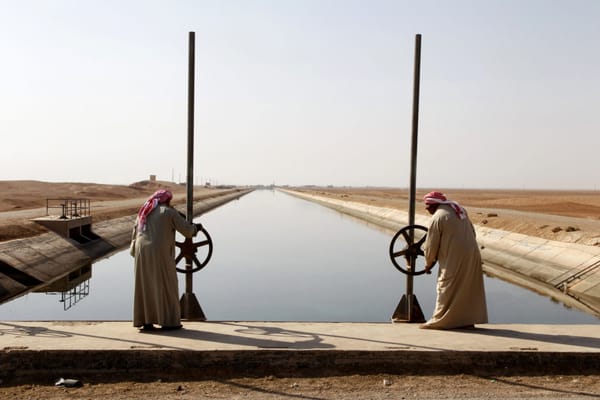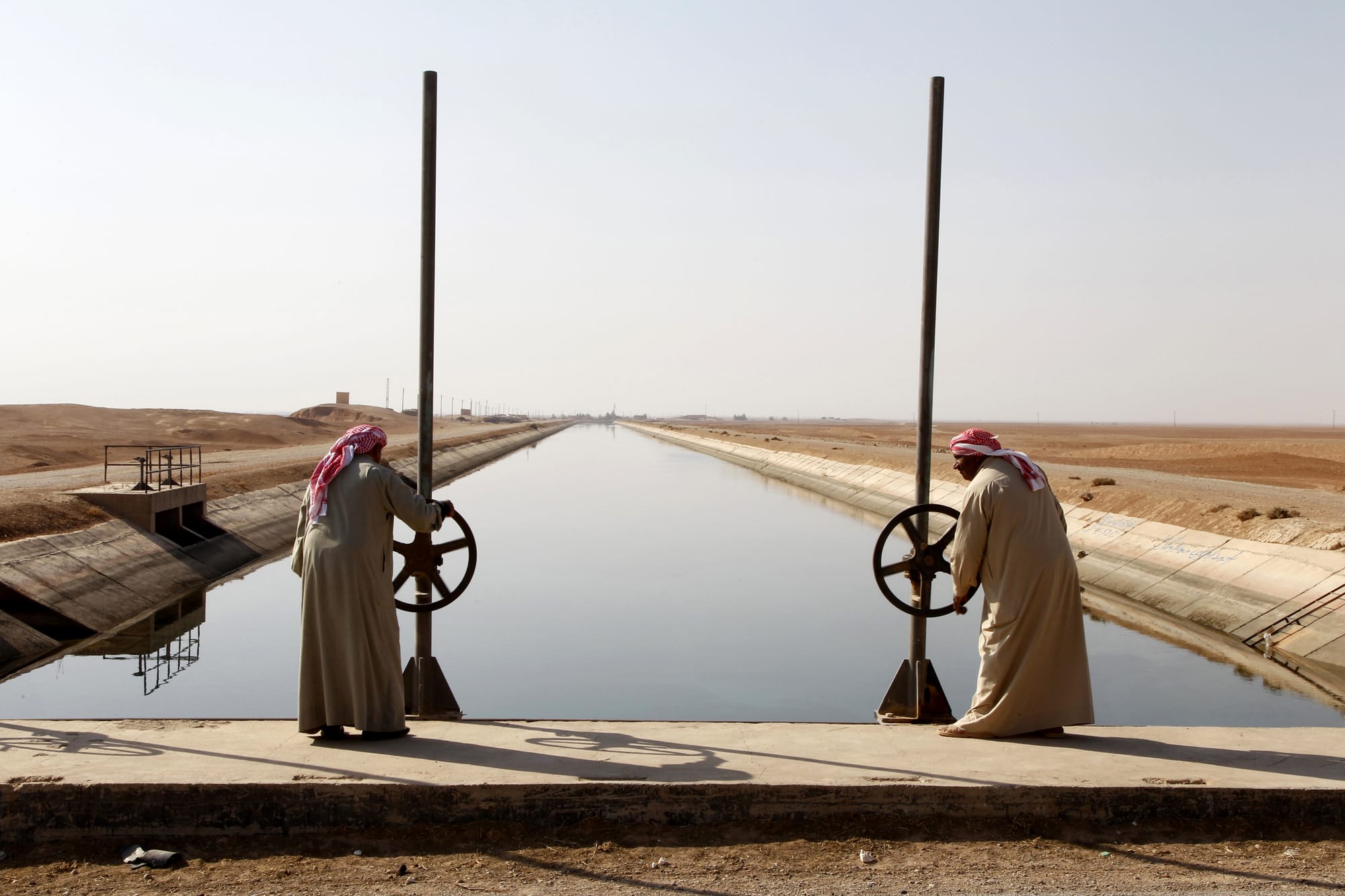On Blaming Climate Change for the Syrian Civil War
The idea that the Syrian civil war was partly caused by climate change induced drought is widely repeated and yet deeply flawed. Jan Selby excavates the sources of misleading information and dismantles the simplistic cause and effect argument. Most importantly, he explains the real political and eco











